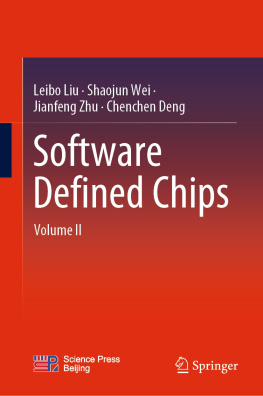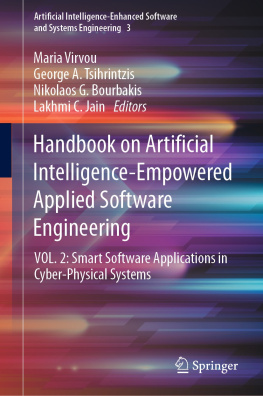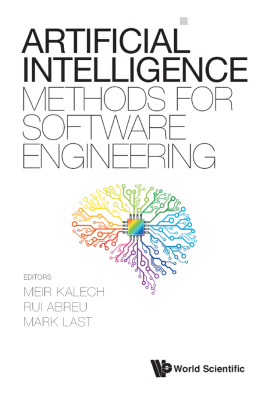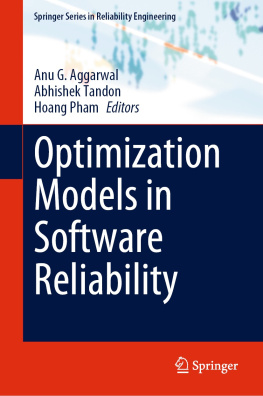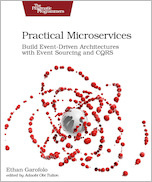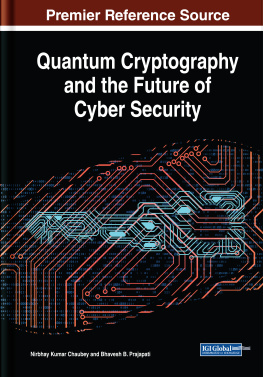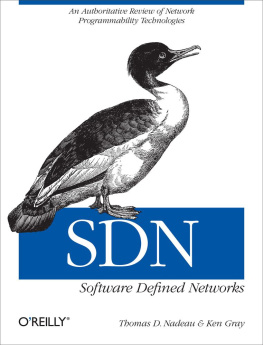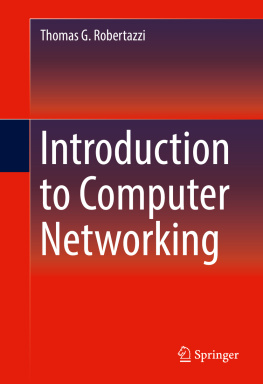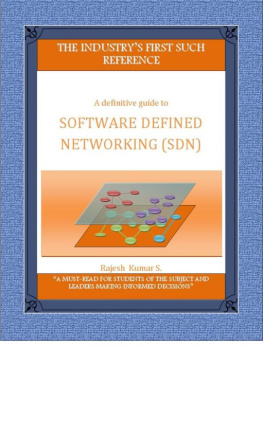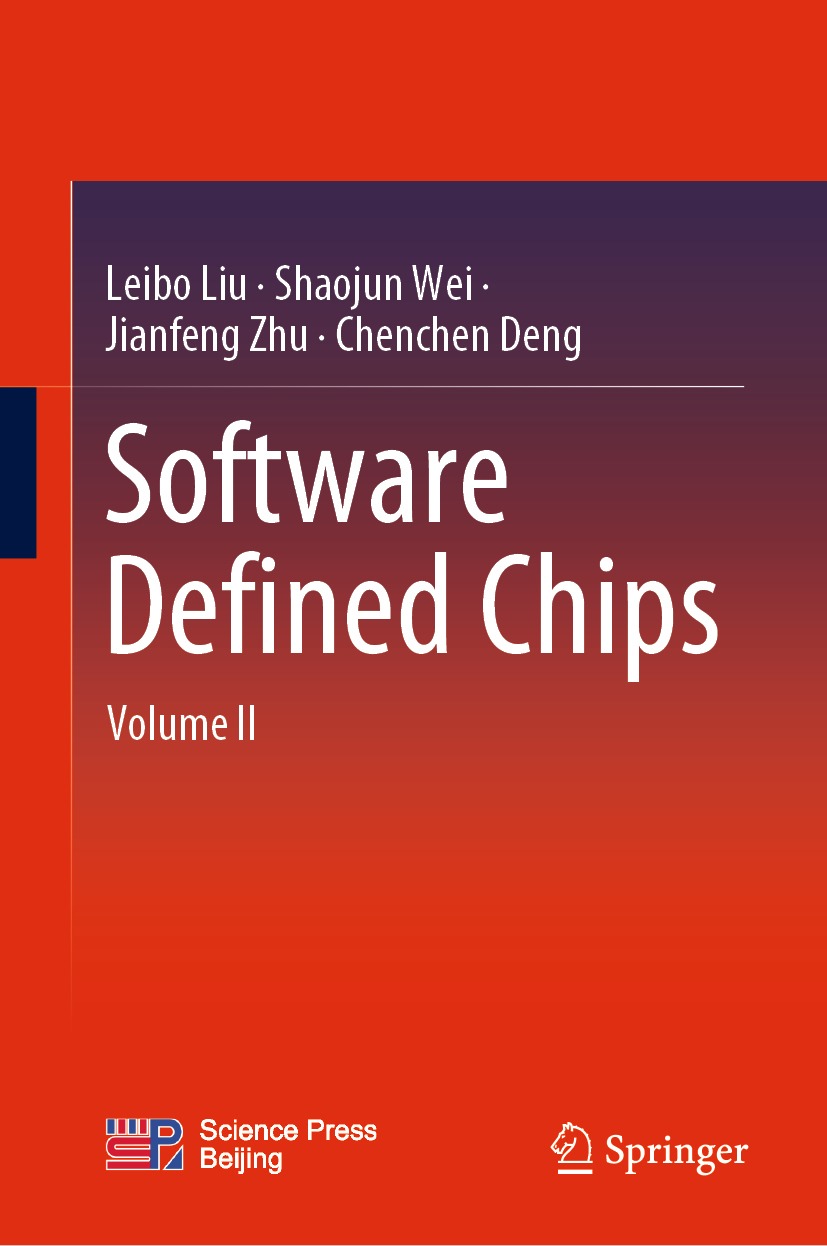Leibo Liu
School of Integrated Circuits, Tsinghua University, Beijing, China
Shaojun Wei
School of Integrated Circuits, Tsinghua University, Beijing, China
Jianfeng Zhu
School of Integrated Circuits, Tsinghua University, Beijing, China
Chenchen Deng
Beijing National Research Center for Information Science and Technology, Tsinghua University, Beijing, China
ISBN 978-981-19-7635-3 e-ISBN 978-981-19-7636-0
https://doi.org/10.1007/978-981-19-7636-0
Jointly published with Science Press
The print edition is not for sale in China mainland. Customers from China mainland please order the print book from: Science Press.
Science Press 2023
This work is subject to copyright. All rights are solely and exclusively licensed by the Publisher, whether the whole or part of the material is concerned, specifically the rights of reprinting, reuse of illustrations, recitation, broadcasting, reproduction on microfilms or in any other physical way, and transmission or information storage and retrieval, electronic adaptation, computer software, or by similar or dissimilar methodology now known or hereafter developed.
The use of general descriptive names, registered names, trademarks, service marks, etc. in this publication does not imply, even in the absence of a specific statement, that such names are exempt from the relevant protective laws and regulations and therefore free for general use.
The publishers, the authors, and the editors are safe to assume that the advice and information in this book are believed to be true and accurate at the date of publication. Neither the publishers nor the authors or the editors give a warranty, expressed or implied, with respect to the material contained herein or for any errors or omissions that may have been made. The publishers remain neutral with regard to jurisdictional claims in published maps and institutional affiliations.
This Springer imprint is published by the registered company Springer Nature Singapore Pte Ltd.
The registered company address is: 152 Beach Road, #21-01/04 Gateway East, Singapore 189721, Singapore
Foreword
When my old friend Prof. Shaojun Wei asked me to write a foreword for his book Software Defined Chip, I really felt a little bit uneasy. Professor Wei Shaojun is an expert in the field of integrated circuits in China, while Im a layman of chips. To be honest, I dont think Im qualified for this. What emboldened me to accept this mission is that, on the one hand, chips and software are closely connected, both of which are the most fundamental elements of various systems in this era of information, while, on the other hand, the name of the book software defined is related to my expertise and also what I have been progressively promoting and publicizing for all these years.
Looking back to the history of computer development, software has been existing as the appurtenance of hardware (mainly integrated circuit chips) for a long period of time since the first-generation computer was born in the 1940s. After the high-level programming language emerged in the late 1950s, the word software started to be proposed in a parallel position with hardware, and has since gradually become independent and formed an independent branch subject of computer science. However, software had not gotten rid of hardware and became independent products and commodities until late 1970 when the software industry saw its surge. For decades, the collaborative development of software and hardware has underpinned the modern information industry, and provided a constantly upgraded source of power for the development of an information-based human society. Especially after the large-scale commercialization of the Internet in the mid-1990s, a massive and influential social and economic reform took place. The Wintel system we are familiar with is an example of the collaborative development of software and hardware. Software and integrated circuits are the cores and souls of the information technology industry, playing a huge role as enablers and radiators.
In recent years, next-generation information technologies and their applications, represented by cloud computing, big data, artificial intelligence, and Internet of Things, have widely covered and influenced every part of our society, economy, and lives. Digital transformation and development have become a trend of time for traditional industries. The digital economy is now a new economic form after the industrial economy. The digital civilization is approaching, and the human community is now on the verge of an information society. As one of the core enabling technologies of this era, software has been ubiquitously pervading all walks of life, evoking profound changes from the inside. Software not only is an important part of the information infrastructure, but is also becoming the infrastructure for social and economic activities of mankind in the information era by redefining the infrastructure in the traditional physical world and the infrastructure for social and economic activities. It is a key support for the progression and advancement of human civilization. In this sense, we are stepping into an era where software defines everything, featuring that everything is interconnected and programmable.
Originating from a software-defined network, the word software-defined has been a popular term in the field of information technologies in recent years. The software-defined network has posed a significant impact and change on the network communication industry, redefined the traditional network architecture, and even reshaped the structure of the traditional communication industry. Subsequently, software-defined memory, software-defined environments, and software-defined data centers kept popping up one after another. Currently, Software-Defined Everything (SDX) for ubiquitous information technology resources is reshaping the traditional information technology system and has become an important development trend of the information technology industry. Also, the term software-defined has begun to extend out of the information world and reach the physical world and the human society to play its critical role of enabling, assignment, and intelligentization. It has also begun to redefine the worldwide landscape where human, machines, and things are combined.
From the perspective of a software technology researcher, the software-defined technology is virtually the virtualization of basic resources and programmability of management tasks. In fact, those are always principles of the design and implementation of computing operating systems. The focus is to virtualize the underlying infrastructure resources and open up APIs to achieve flexible and customizable resource management by programmable means. Meanwhile, it condenses and bears the commonalities of the industry to better support and adapt to the needs and changes of the upper-level business system. Therefore, I regard software-defined as a methodology based on platform thinking. The so-called SDX means constructing an operating system for X.

